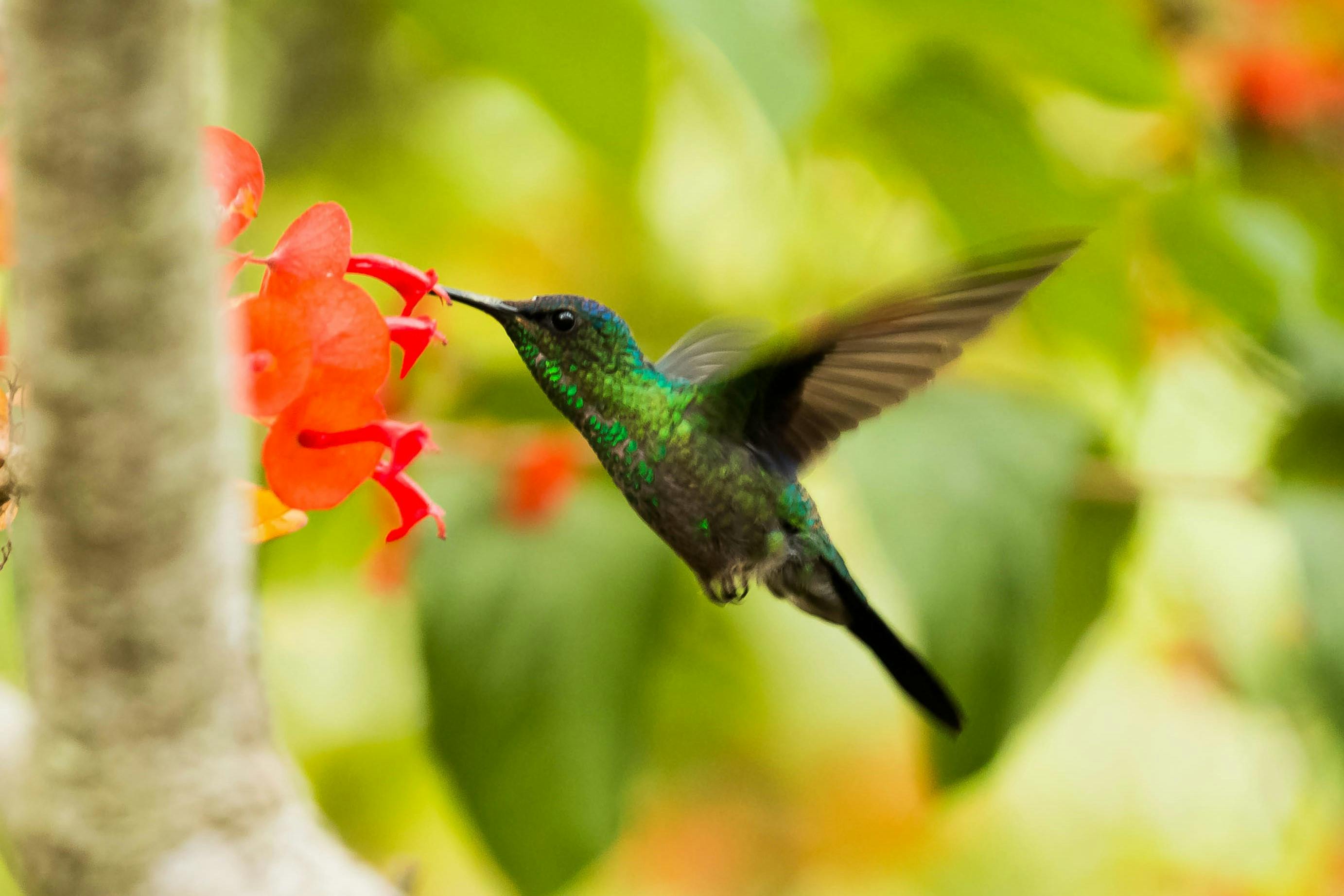The Fascinating World of Hummingbirds: Tiny Titans of the Animal Kingdom
In the grand tapestry of nature, hummingbirds stand out as some of the most intriguing and enchanting creatures. These tiny, vibrantly colored birds are known for their rapid wing-flapping rates and extraordinary flight capabilities. This article delves into the captivating world of hummingbirds, from their evolutionary history to their unique characteristics and current conservation efforts.

A Glimpse into the Evolutionary History of Hummingbirds
Hummingbirds belong to the family Trochilidae and are native to the Americas. They evolved approximately 22 million years ago from insectivorous birds. Their unique flight abilities and specialized feeding habits have evolved over millions of years, enabling them to thrive in diverse environments, from the deserts of Arizona to the tropical rainforests of Brazil.
The Remarkable Characteristics of Hummingbirds
Hummingbirds are renowned for their incredible flight skills. They can hover in mid-air, fly backwards, and even upside down—a feat no other bird species can match. Their wings beat at an astonishing rate of 50 to 200 times per second, creating a humming sound—hence their name.
Hummingbirds are also notable for their vibrant plumage. Their iridescent feathers can reflect and refract light, creating a dazzling array of colors. Interestingly, the color you see depends on the angle of light and the orientation of the bird.
Hummingbirds and Their Role in Ecosystems
Hummingbirds play a vital role in maintaining the health of ecosystems. As primary pollinators, they feed on nectar and, in the process, transfer pollen from one flower to another, aiding in plant reproduction. They also feed on insects, providing natural pest control.
Current Conservation Efforts for Hummingbirds
Despite their resilience, hummingbirds are facing threats due to habitat loss and climate change. Conservation efforts are focused on preserving their habitats and creating awareness about their ecological significance.
For instance, the Hummingbird Monitoring Network conducts long-term monitoring of hummingbird populations across the Americas. There are also several citizen-science projects, such as Project FeederWatch and the Great Backyard Bird Count, that encourage people to observe and report hummingbird sightings.
In the pet product market, hummingbird feeders are popular, ranging from $10 to $50. These feeders can help support local hummingbird populations, particularly in urban areas where natural food sources may be scarce.
The Need for Continued Conservation Efforts
Hummingbirds are remarkable creatures that add beauty and balance to our ecosystems. By understanding their unique characteristics and the challenges they face, we can better appreciate their importance and contribute to their conservation. While much has been done to protect these tiny titans, continued efforts are necessary to ensure their survival for generations to come.




